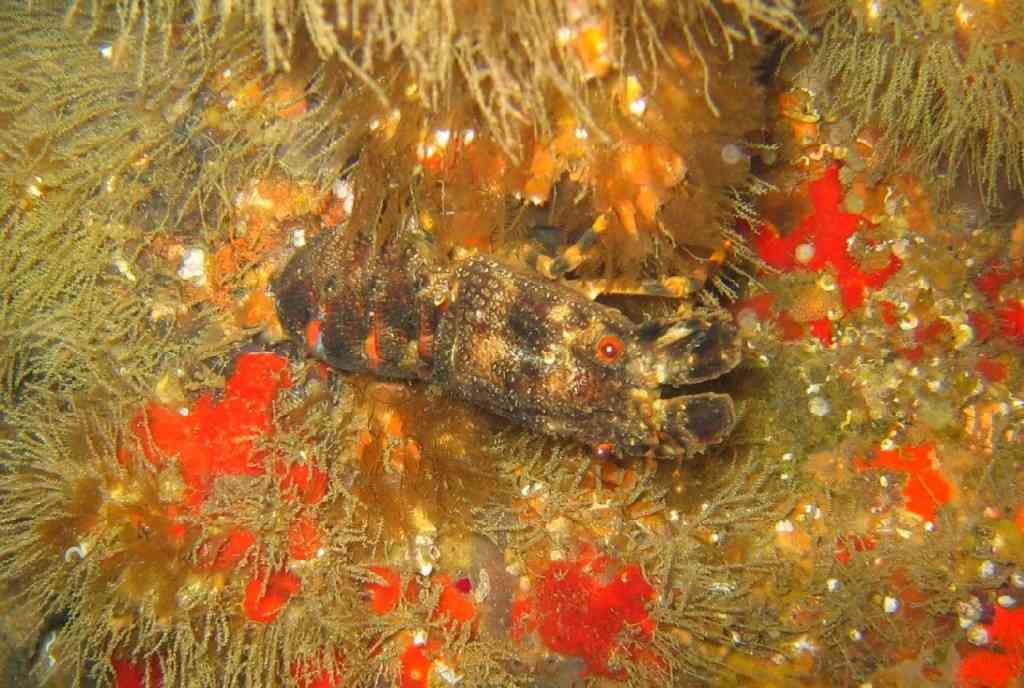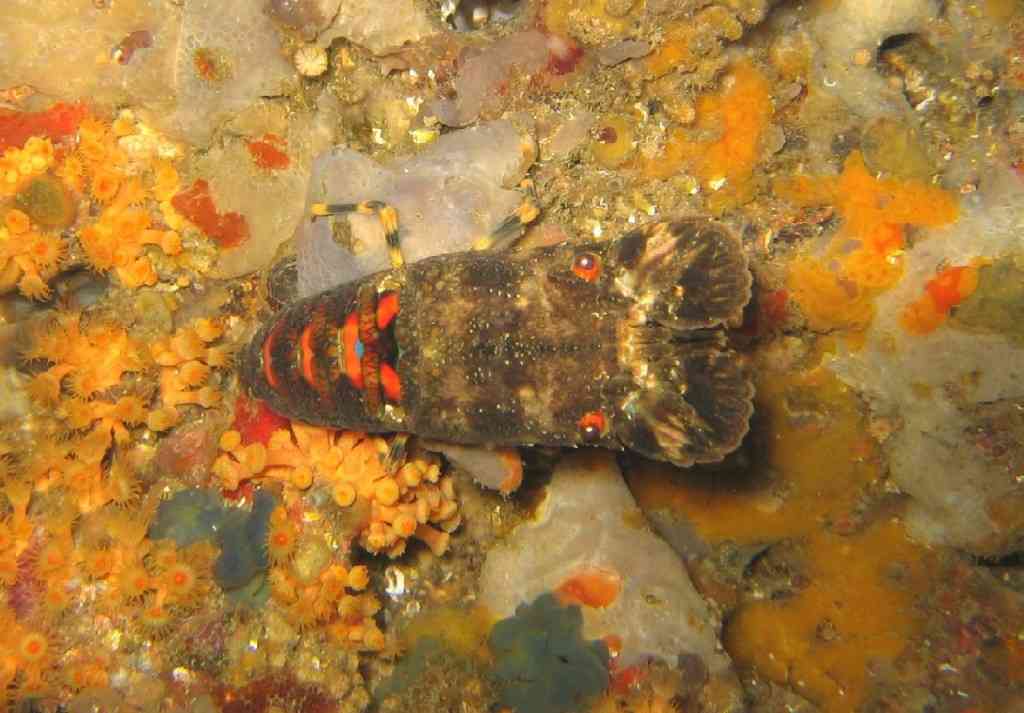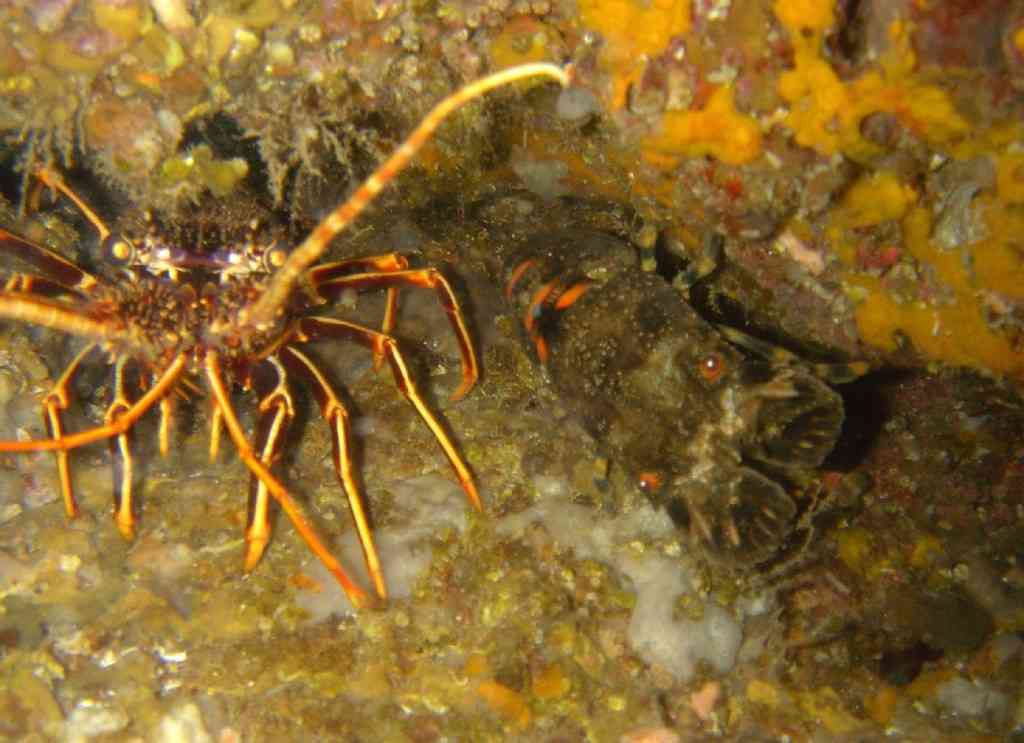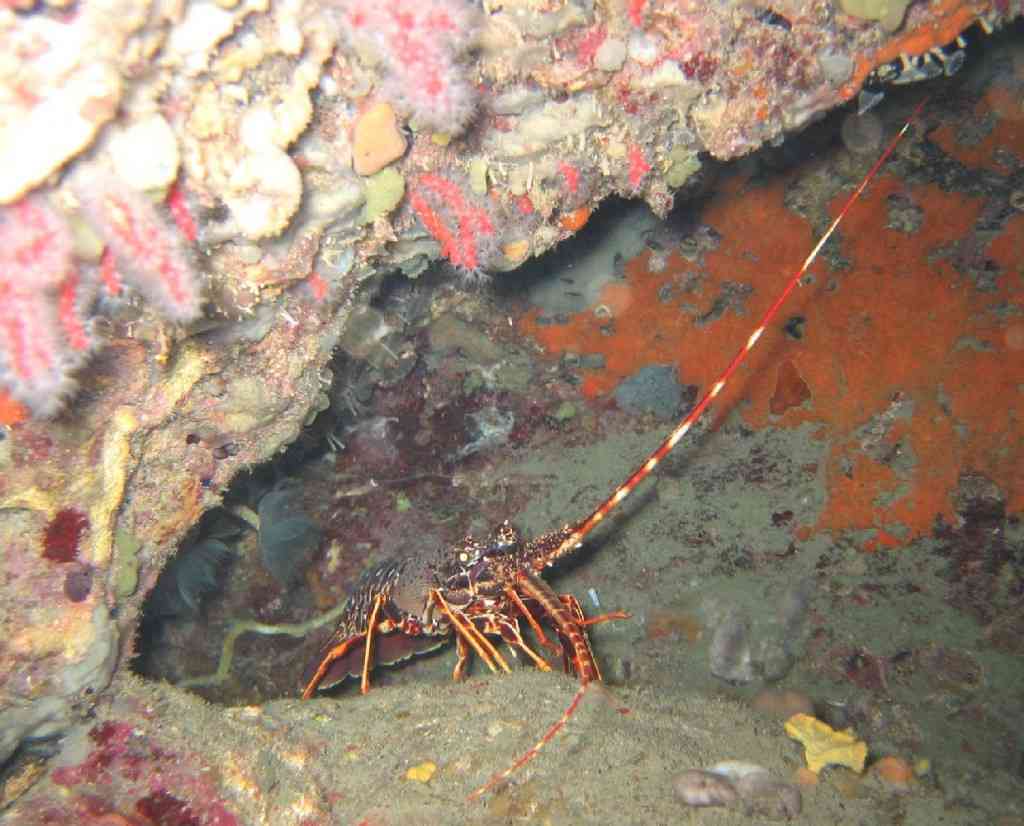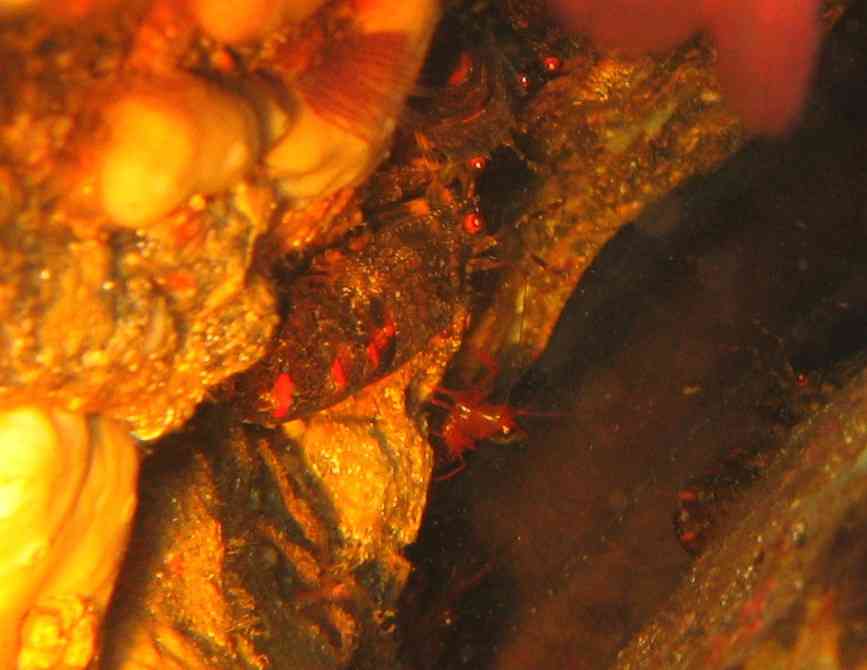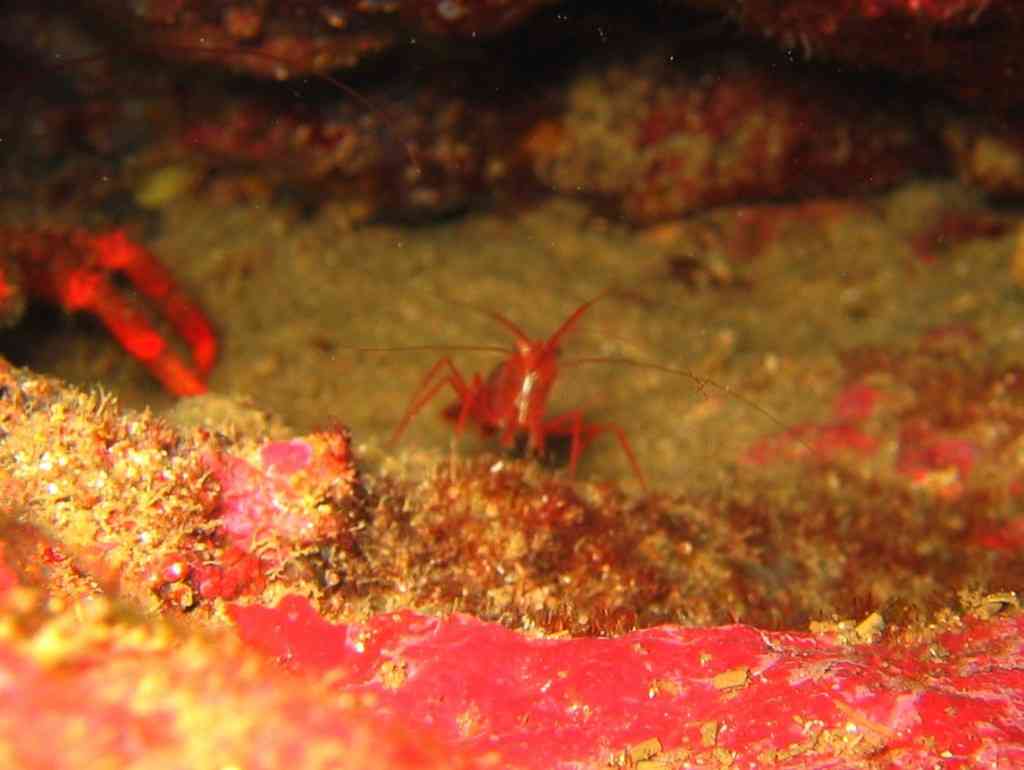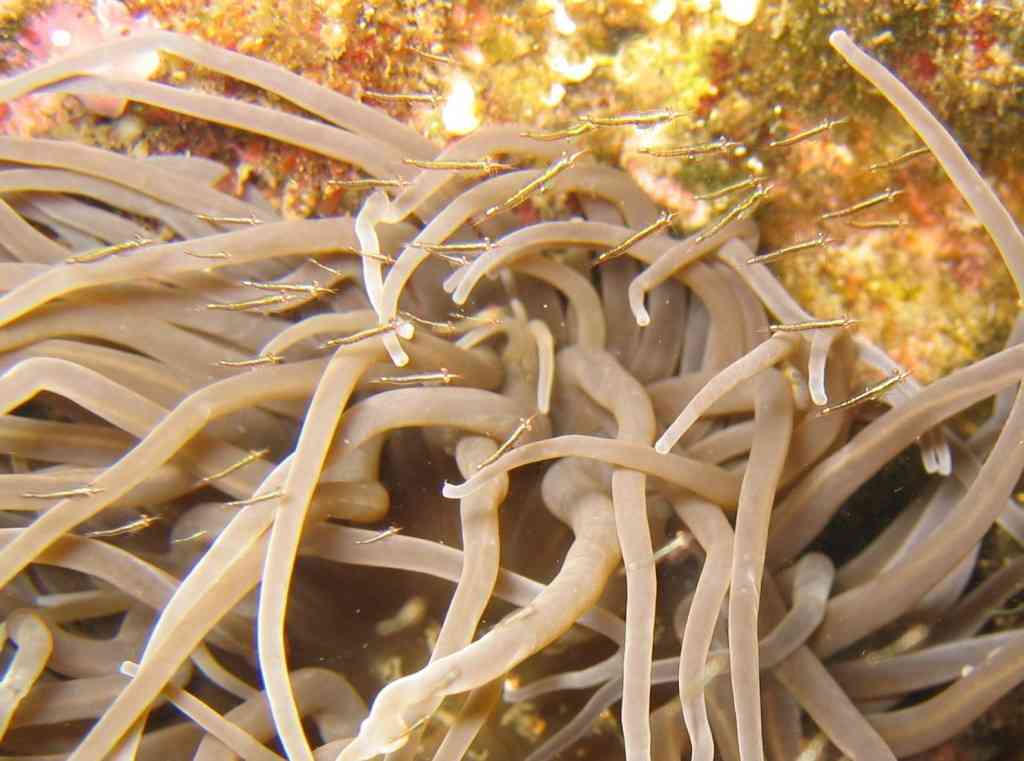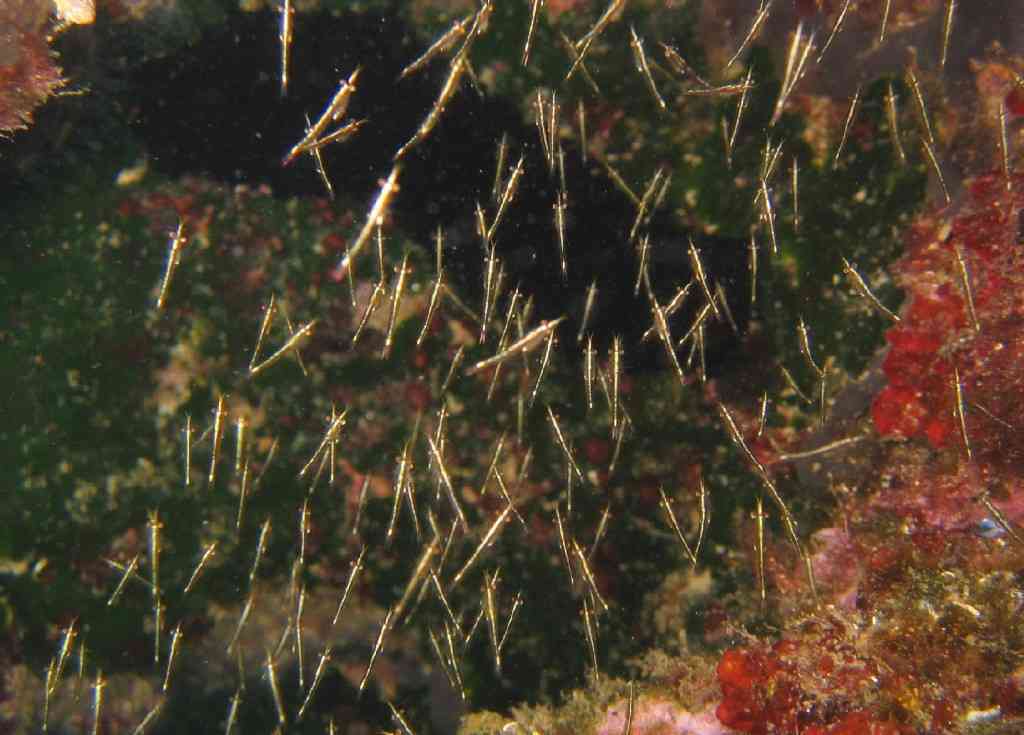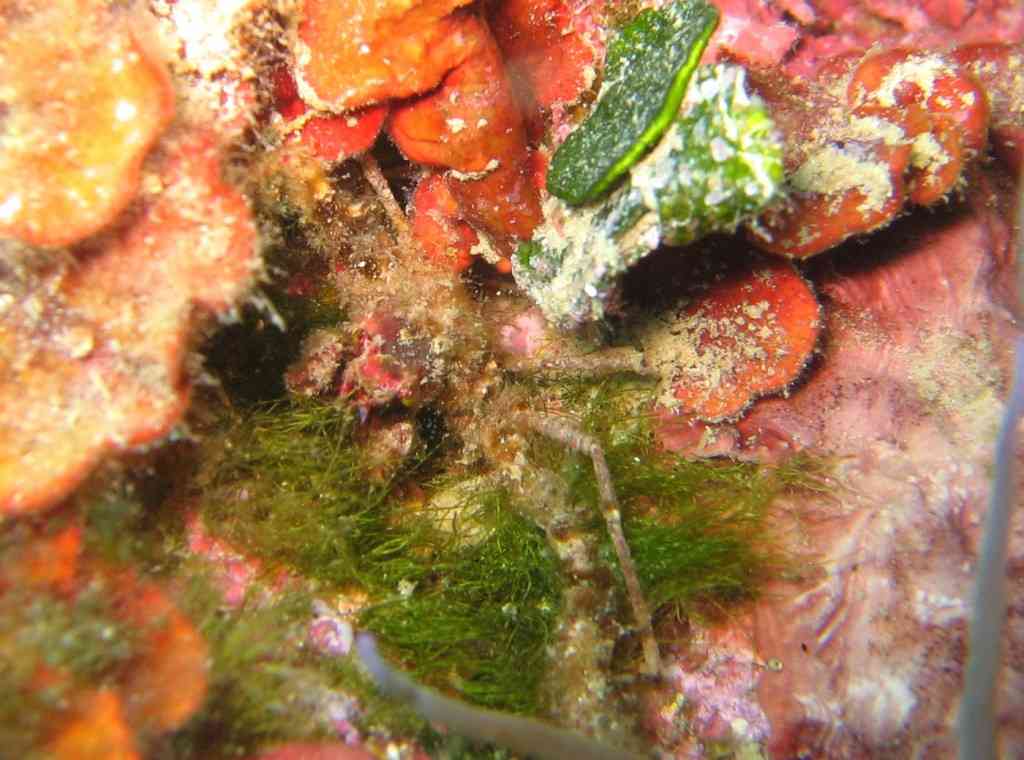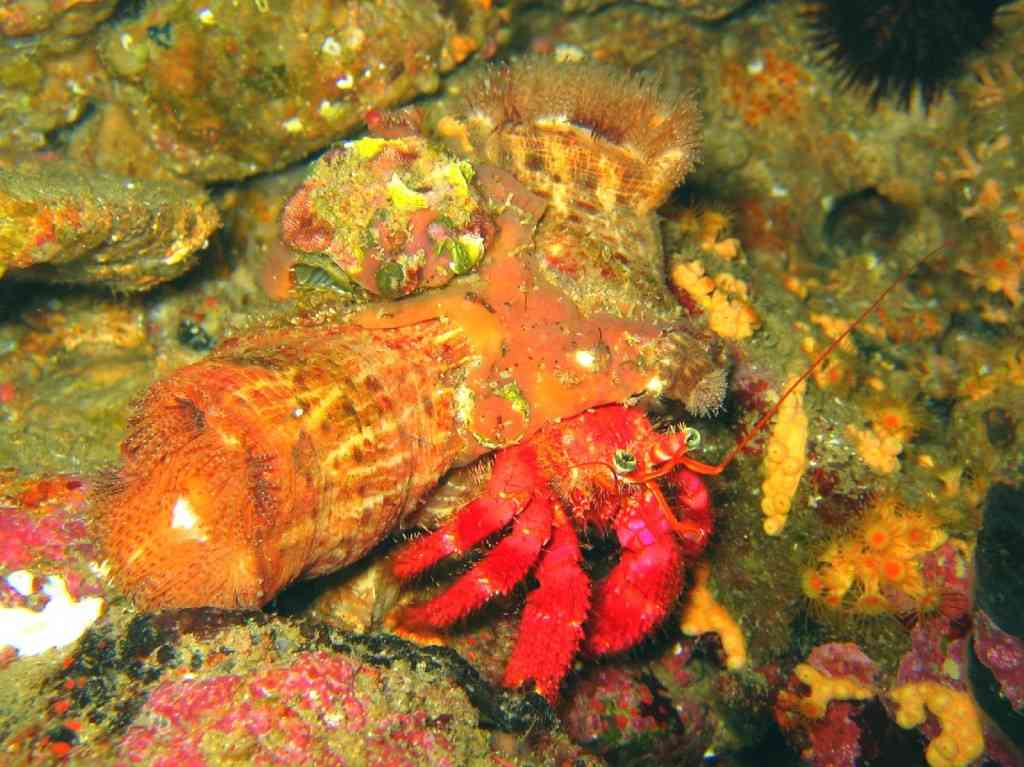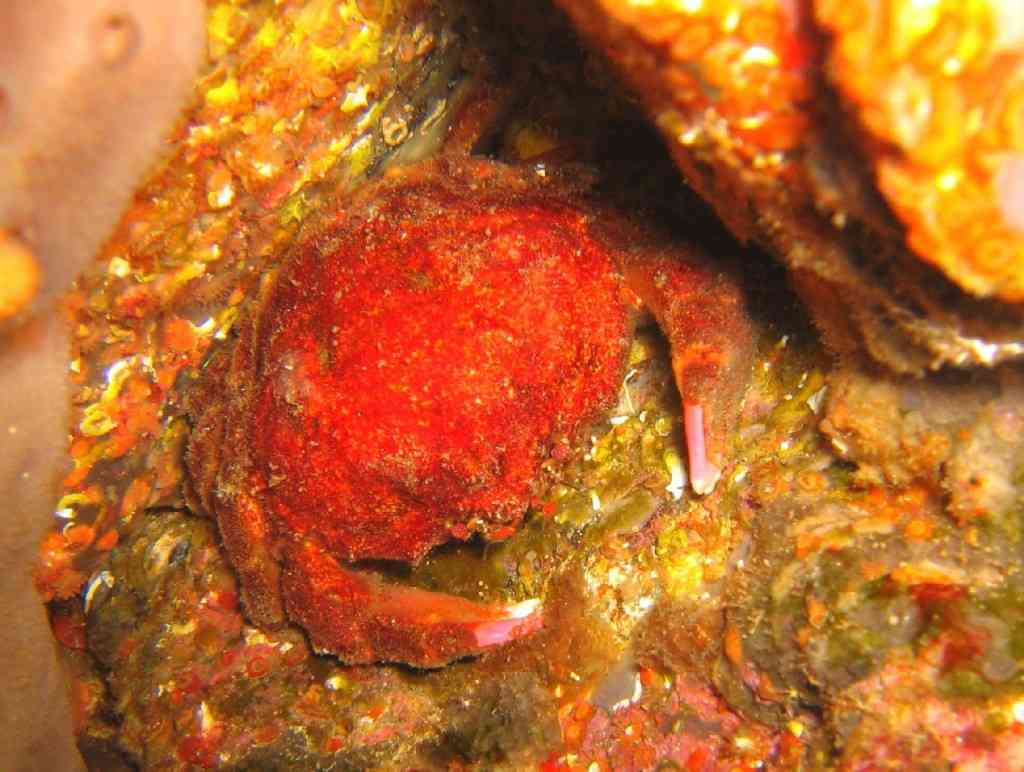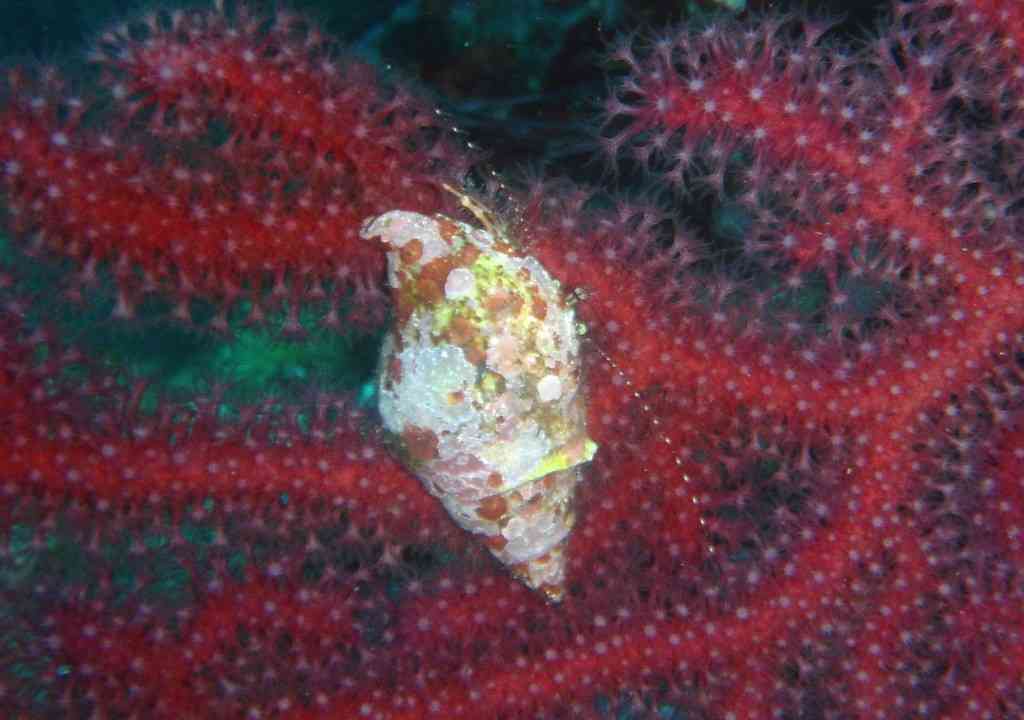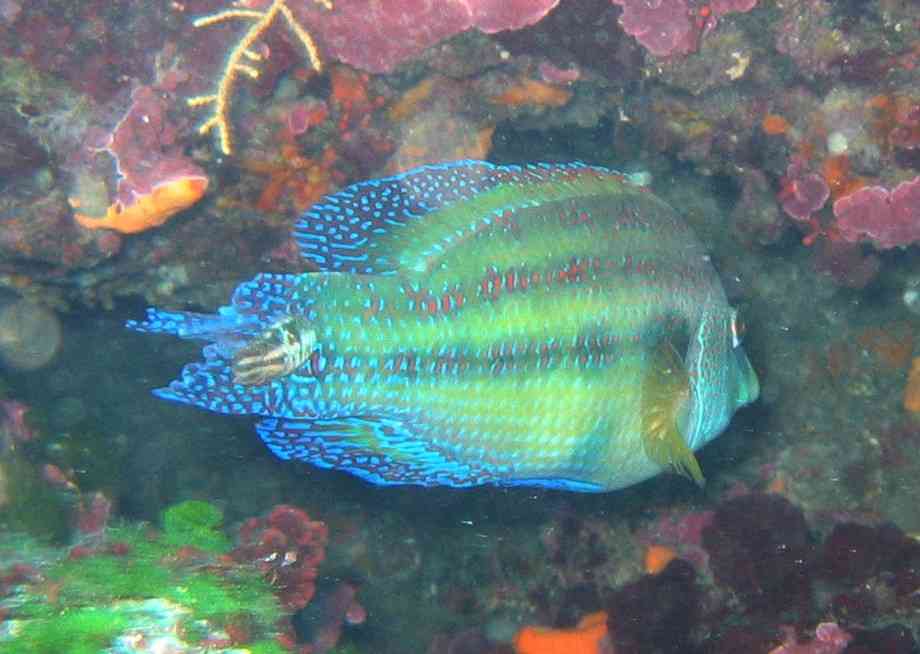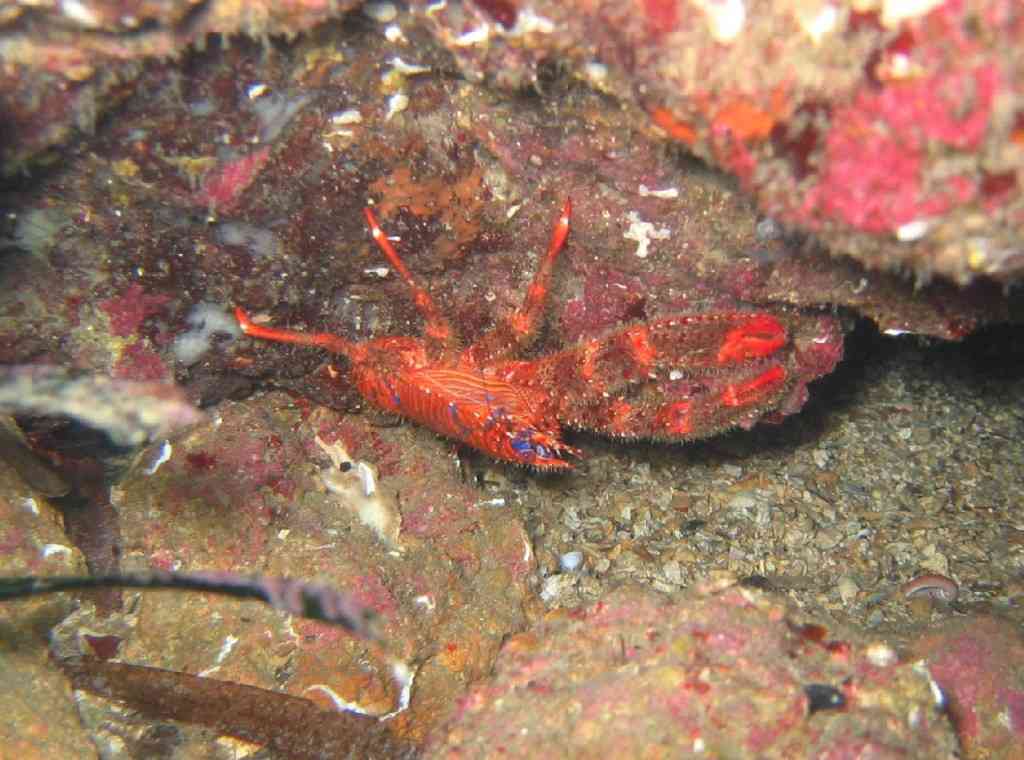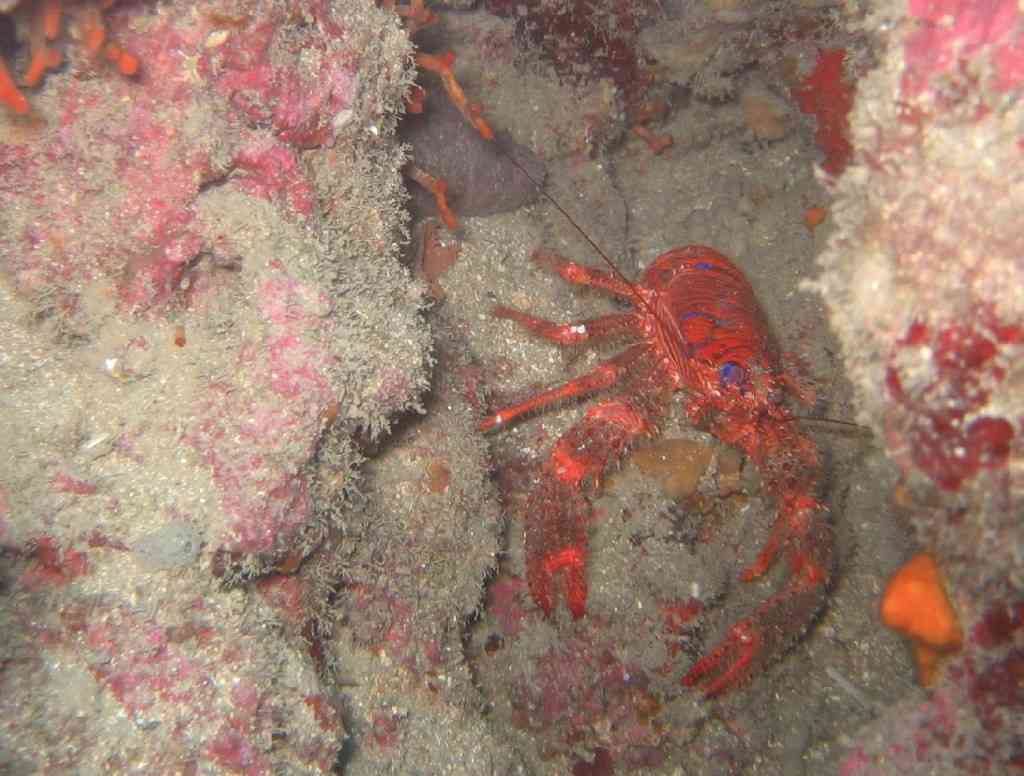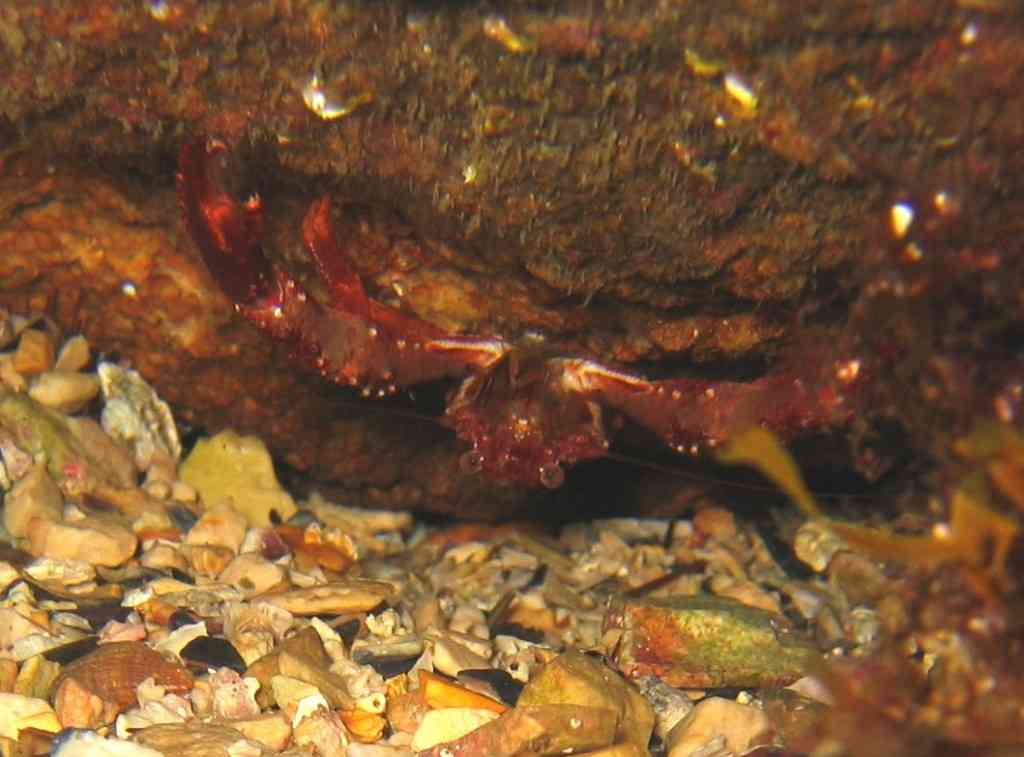Arthropods
Number :
1 million, this is the largest group, and by far!
Characteristics:
Articulated legs, shell, moults.
Description:
Segmented body with bilateral symmetry.
Each segment (Métamère) has a pair of appendages also segmented, more or less transformed according to the group (legs also articulated with or without terminal clamps, antennas, mandibles, chelicerae, etc.).
Body in several parts: head free or linked to the thorax, abdomen, such.
Exoskeleton: The whole epidermis is covered with more or less thick cuticle plates. Supporting role of the body and often protection against potential predators.
Gills attached to the base of the appendages.
Variable sizes, up to more than 1 meter (spider of Japan). Very variable colors (chromatophores), sometimes absent (some transparent shrimp).
Non-enclosed vascular system, gastrointestinal tract, ventral nervous system and nephridia in each segment.
Compound eyes (ommatidia).
Sometimes hair (dromie).
Ecology:
All seas, all biotopes and all depths, prefer
Go out at night.
Remarks :
Molt can last for several tens of minutes (lobster) or a fraction of a second (mosquito). Sometimes it ends badly: The animal is exposed to predators: it can not defend itself.
Danger:
Cakes and lobsters can easily cut or crush a diver's finger with their pliers.
Trophic relations :
Many parasitic forms but also filterers (barnacles), and scavengers with a very popular taste: lobster, crabs, lobsters! Not negligible commercial Aspect.
Reproduction:
Sexual, Gonochorique. No asexual reproduction.
Evolution : First aquatic forms appeared in the Cambrian, trilobites.
Terrestrial arthropods are later (insects: Devonian).
Phylogenetic kinship of arthropods with annelids
The refolded abdomen of crabs is a recent evolved form.

